Despite Having Non-Biological Mahamanav God As Supreme Leader Of The Country, India’s Two Largest Cities Are In The List Of World’s Riskiest Cities; What Is World Leader Modi Doing?
The fact that the two biggest cities of India feature on the world's riskiest cities list at 10th and 12th position should make the policymakers concerned and rethink their course.
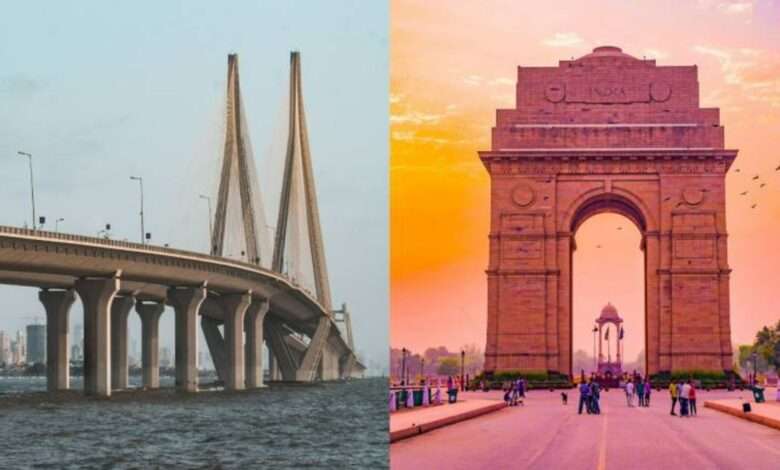
The two riskiest Indian cities for travelers in 2024 are New Delhi and Mumbai, ranked 12th and 14th in the list of the world’s riskiest cities for tourists released by Forbes. The respective scores of 77.68 and 77.36 indicate substantial safety, infrastructure, and crime-related challenges.
The news comes just a few months after the 52 new tourism sector initiatives, collectively valued at over Rs 1,400 crore, were inaugurated by Prime Minister Narendra Modi. The initiative, a component of a national commitment to the enhancement of tourism infrastructure, comprises nine critical projects dispersed throughout the nation and valued at Rs 469 crore.
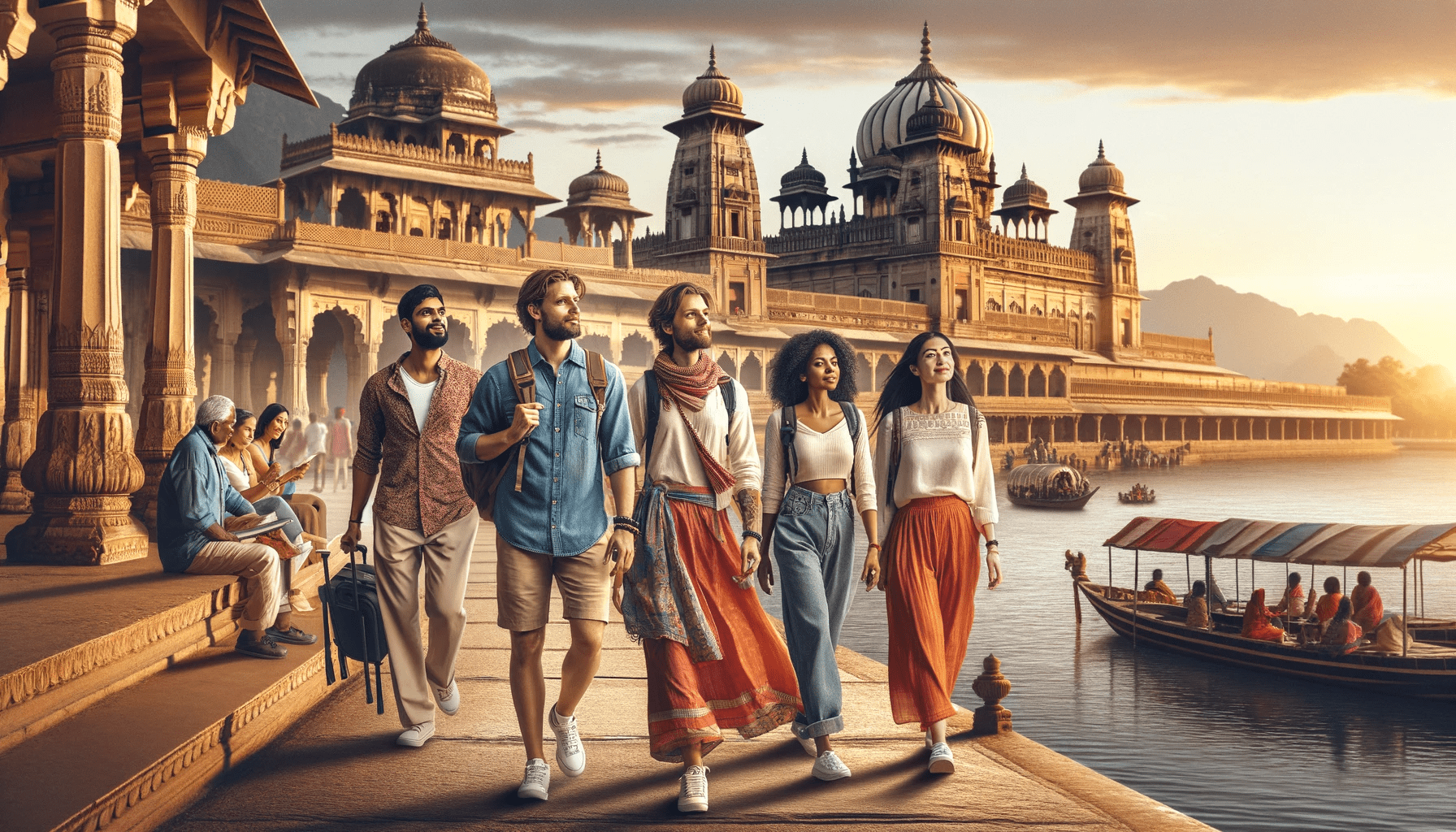
The projects were inaugurated via video conference from Srinagar. It is anticipated that these endeavors will increase India’s appeal as a tourist destination and promote economic development.
However, the fundamentals have to be right first. These rankings emphasize the pressing necessity for enhanced safety measures to improve the image of these cities as tourist destinations.
When contemplating their subsequent destination, travelers evaluate numerous variables, including the weather, lodging expenses, transportation alternatives, and local attractions. However, safety is another critical factor, despite its difficulty in quantifying.
Tourists prioritize visiting locations familiar to them and avoid those with a high crime rate or political instability regarding safety. They compare the safety and security levels of the possible travel destination to their country’s situation and plan their visit accordingly.
Travelers from stable countries plan trips to locations with similar levels of stability, while those from unstable countries are more tolerant of insecurity in the destination country.
Forbes Global Ranking – World’s Riskiest Cities for Tourists
The Forbes ranking examines security aspects, such as the travel safety rating, the crime risk per city, and personal security risk data from the Economist (which assesses the level of risk that citizens face from crime, violence, terrorist threats, natural disasters, and economic vulnerabilities).
The investigation evaluates sixty destinations across the globe.
Ultimately, Singapore is recognized as the most secure destination in the world, surpassing Toronto (Canada) and Tokyo (Japan).
Forbes Advisor assigns Singapore a score of 0 out of 100 in terms of the assessed risk level.
In contrast, Caracas, Venezuela, receives a score of 100 out of 100, making it the most unsafe city for travelers. Karachi, Pakistan, is the second least secure city for tourists (93.12), while Yangon, Burma, is the third least safe city with a measured risk of 91.67 out of 100.

The list features the biggest Indian metros, Delhi and Mumbai, in the top 15. Delhi is the 12th most unsafe city in the world, and Mumbai comes in at 14th rank.
The following are the ten most dangerous cities in the world for tourists (the riskiest city appears first):
- Caracas, Venezuela
- Karachi, Pakistan
- Yangon (Burma)
- Lagos, Nigeria
- Manila, Philippines
- Dhaka, Bangladesh
- Bogotá, Colombia
- Cairo, Egypt
- Mexico City, Mexico
- Quito, Ecuador
The following cities are the least dangerous for visitors in the world (the safest city appears first):
- Singapore
- Toronto, Canada
- Tokyo, Japan
- Zurich, Switzerland
- Sydney, Australia
- Copenhagen, Denmark
- Seoul, South Korea
- Osaka, Japan
- Amsterdam, Netherlands
- Melbourne, Australia
Safety of Tourists in India
India’s cultural landscape is distinctive and captivating, with the potential to make tourism a high-value economic activity.
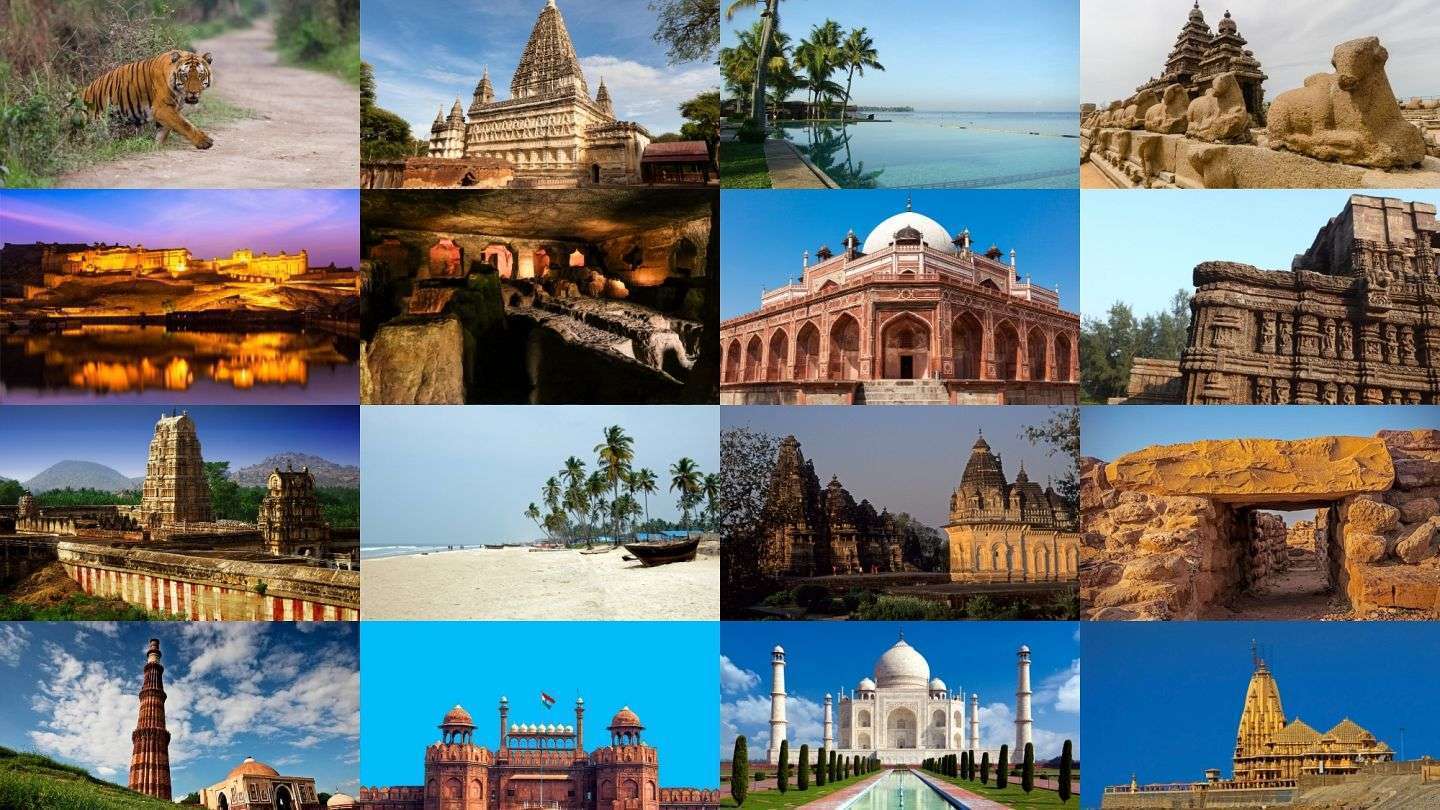
However, the nation does not seem to be a tourist-friendly or welcoming destination. Tourists are discouraged from visiting a specific destination and are disheartened by the abundance of negative news about heinous crimes that are published in the media and other sources.
A report on Crime against Tourists by Glensor & Peak (2004) identifies a variety of crimes that happen against tourists, including but not limited to: crimes against the elderly and children, various types of fraud, gang activities, offenses related to casino gambling, robberies at bars, terrorism against tourists, and mass-transit crimes.
In their 2015 study on the necessity of tourist protection in India, Basak, Ghosh, Sarkar, and Chaudhuri noted that tourists had been the victims of sexual harassment and rape for years.
The U.K. government recommends that women travelers exercise caution in India, regardless of whether they are traveling in groups, on its official website (Foreign Travel Advice, India). Women are increasingly susceptible to verbal and physical harassment and sexual assault by individuals or groups of males, which poses a significant threat to their safety.
This aspect represents the perceived risk that foreign countries have regarding the safety of visitors in India. As the risk factor decreases, the nation’s overall development will increase.
In 2019, Delhi recorded recorded the maximum number of crimes against foreigners (123), followed by Maharashtra (48), Karnataka (46), Tamil Nadu (23), and Uttar Pradesh (21).
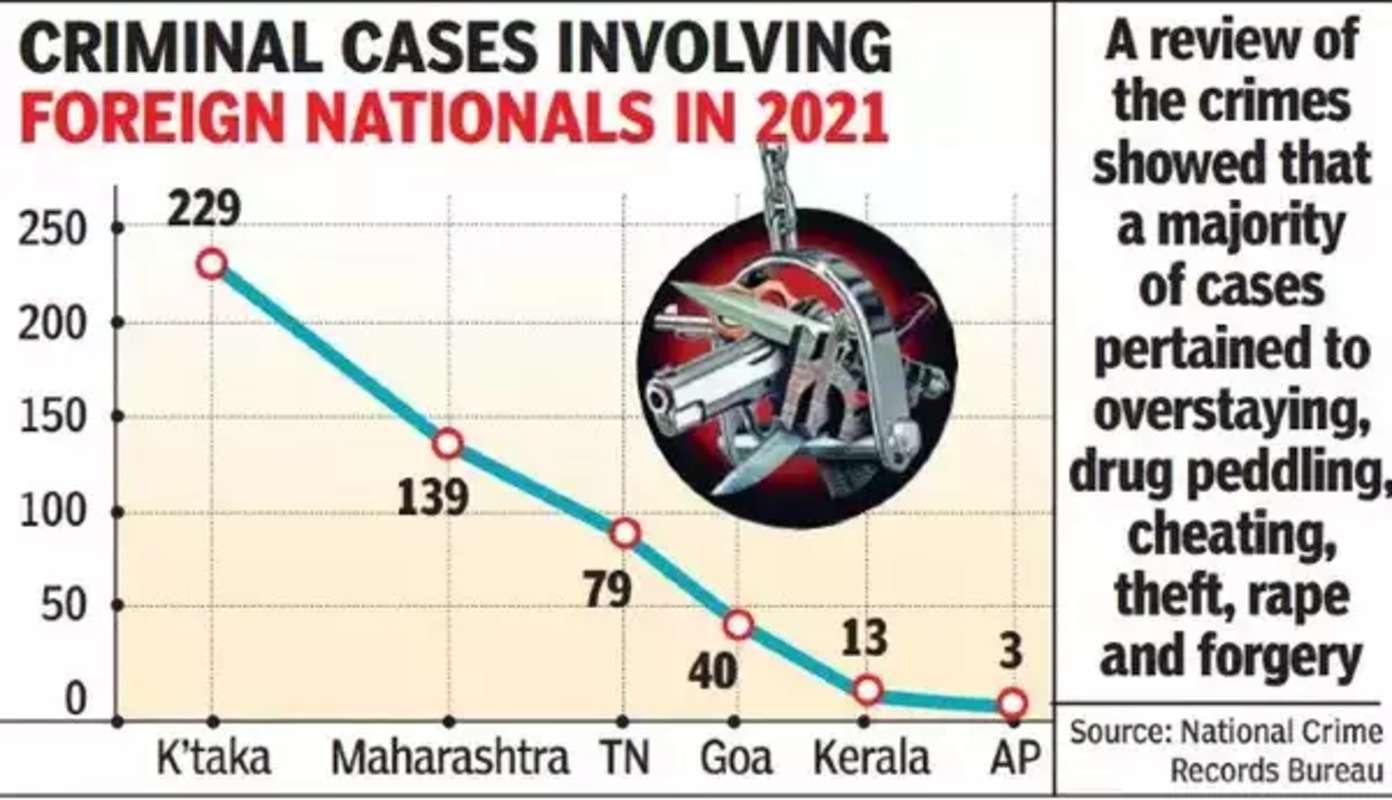
A few news headlines that have made rounds in the past decade, ever since Narendra Modi, the self-proclaimed Mahamanav God, has been in power:
1. 2014, New Delhi: A group of men robbed and assaulted a 51-year-old Danish woman near the New Delhi railway station. In the evening, a group of men brought her to an isolated location, where she was robbed of her iPad and cash.
Eventually, she was gang-raped by six men and held captive for over three hours. She arrived at her hotel four to five hours later, profoundly traumatized and with bruises on her face and neck.
2. 2017, Agra, UP: A group of adolescents in Fathepur Sikri pursued and attacked a Swiss couple with stones and sticks, resulting in severe injuries. The foreign tourists were initially unable to comprehend the language, which led to the youth abusing and making lewd remarks toward them. However, they eventually came to understand the ill intentions. Additionally, the youth coerced them into taking photos. The couple sustained grievous injuries.
3. 2018, Pothencode, Thiruvananthapuram, Kerala: Forty days after a Latvian woman disappeared, her body was discovered. The prosecution contended that she was assassinated, raped, and drugged.
4. 2019, New Delhi: A Belgian woman who was in India was purportedly harassed by a 30-year-old male. The lady was defrauded by him and his brother, who charged her a lot for a low-cost hotel and convinced her that her previous reservation had been canceled due to protests. After a traumatic experience, the woman departed the country within 24 hours of her arrival.
On March 1, 2024, a Spanish woman tourist and her spouse were gang raped in Dumka district, Jharkhand, while en route to Nepal from West Bengal. The couple was in a deserted area of Kurmahat village when the incident occurred while they were resting in a makeshift tent.
The husband was assaulted, and the wife was raped by eight individuals who were passing through the area. Additionally, Rs. 10,000 was stolen by the perpetrators.
These are only a few of the many unfortunate incidents that occur regularly against tourists.
In December 2023, the NCRB reported a 28% increase in crimes against expatriates in 2022, with 192 incidents compared to 150 in 2021.
These comprised 14 homicides, 28 rapes, and 13 cases of molestation.
In 2022, rape victims included 10 Nepali women, five Russian women, four women from other Asian countries, the United States, Nigeria, South Africa, and Australia.
Feedback for our country will be solely determined by the status of the tourist. If these heinous crimes continue to persist and escalate, the nation’s development will be significantly impeded.
What is Modi Doing?
The fact that the two biggest cities of India feature on the world’s riskiest cities list at 10th and 12th position should make the policymakers concerned and rethink their course.
While the list focuses on the crime aspect, our cities are laden with infrastructure problems too, which makes the experience sour for not just foreigners but even for locals.
Potholes are so big they can cause major accidents; uncapped sewer holes, train accidents, falling hoardings, roofs, and bridges, and suffocating pollution are just a few of the problems that come to mind. How does respected Narendra Modi Ji envisage making India tourist-friendly if the basic infrastructure is out of place?
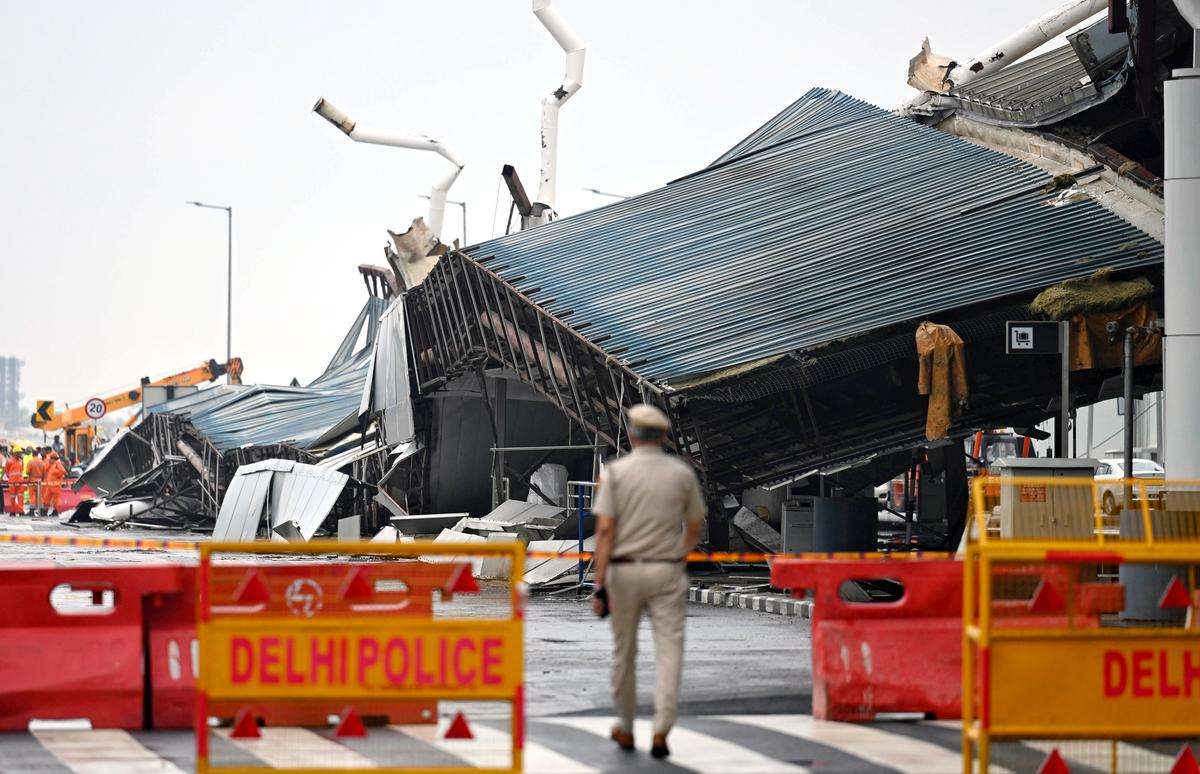
These global lists serve as a reference for foreign nationals who do not know much about a new country. Recently, Mumbai, despite its problems, surpassed China’s Beijing as the city with the most billionaires in Asia. While the world looms in recession fears, all experts deem India to be on the more stable side of things.
When such economic growth is poised, it is more crucial than ever to portray the country’s major cities as the destinations others would want to visit and settle in.
This is the best time for us to develop economically and attract foreign funds for development. However, if we lose the growth curve even now, then the fault is no one but our government, which cannot get its priorities right. The loss of potential income would certainly not hurt those sitting on the cushy chairs but the common people who need economic opportunities to come out of poverty.




